

Uh oh...
It appears that you're using a severely outdated version of Safari on Windows. Many features won't work correctly, and functionality can't be guaranteed. Please try viewing this website in Edge, Mozilla, Chrome, or another modern browser. Sorry for any inconvenience this may have caused!
Read More about this safari issue.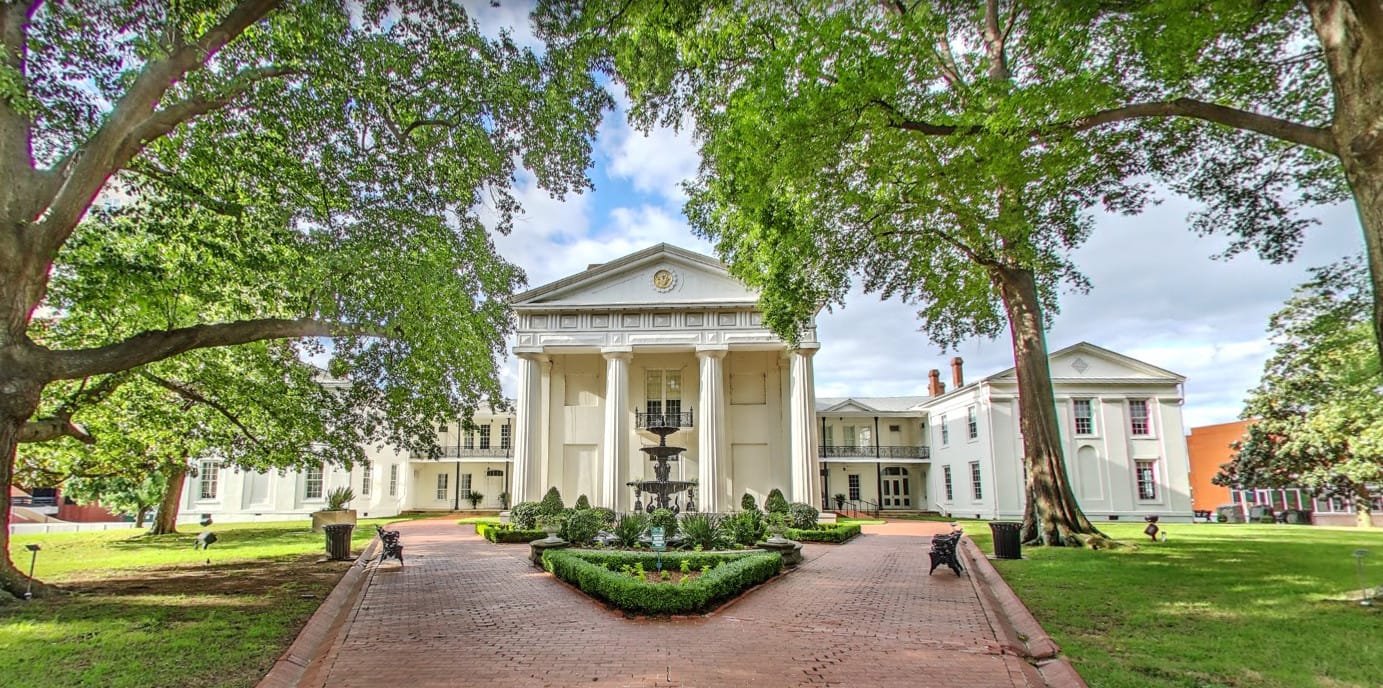

June is the month in Arkansas history in which we get to celebrate Arkansas itself, as well as the founding of a couple of towns, an educational network and more.
Arkansas Statehood
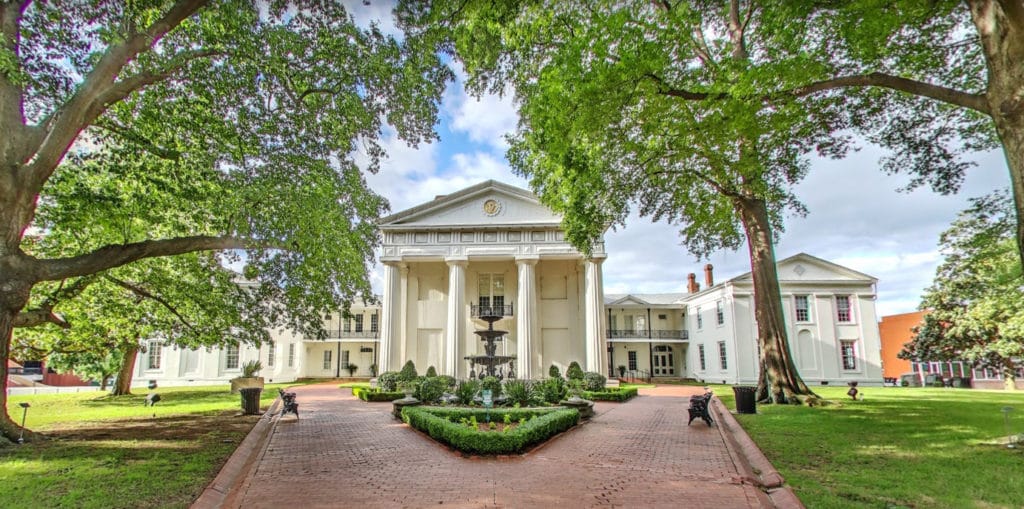
Photo from the Old State House Museum’s Virtual Tour, go on it here.
Arkansas officially became a state when the territory’s proposed constitution was ratified by Congress June 15, 1836. The state became the 25th in the Union, under President Andrew Jackson. The new state boasted more than 52,000 citizens.
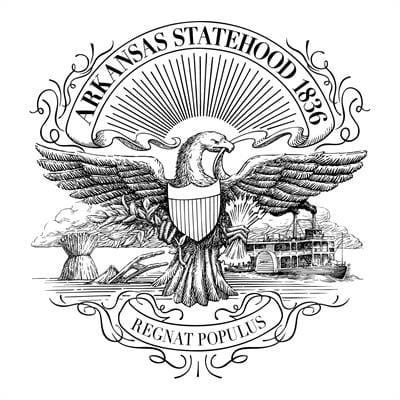
James Conway became the first governor of Arkansas, after having been appointed by Jackson as surveyor general of the state. He served until 1840. The legislature worked in what’s now known as the Old State House, construction of which began in 1833, though the building was still incomplete when the state joined the Union.
Today, Arkansas is home to more than 3 million people, making it 33rd in terms of population. It is also the 29th largest by area.
Russellville and Hughes Incorporated
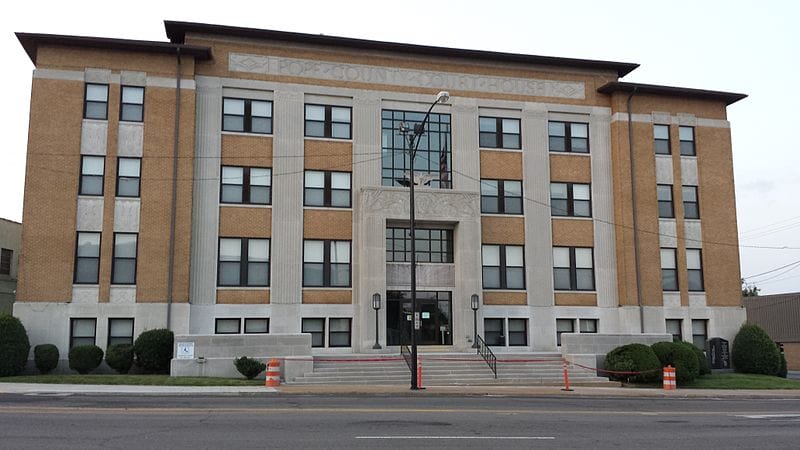
June is also the month in Arkansas history in which we celebrate the founding of Russellville, which was incorporated June 7, 1870. In the 1880 Census, it was home to 825 people.
P.C. Holledger was the first white settler in the area, who built a house there in 1834. He sold it to Dr. Thomas Russell the next year. The first store in town was opened by Jacob Shinn in 1847, and there was debate as to which of them men to name the town after.
The town grew steadily and was made the county seat in 1887. A fire in 1906 destroyed 21 businesses, but the town rebuilt and continued to grow.
The town on Lake Dardanelle is now the largest in the county and the county seat of Pope County. Home to Arkansas Tech University and the state’s only nuclear power plant, Russellville is also home to many manufacturing plants and had a population of nearly 28,000 in 2010.
The town of Hughes in St. Francis County was also incorporated in June, on June 12, 1916, to be exact. It’s the second-largest town in St. Francis County and was named for Robert Hughes, a Mississippi native who actually never lived in the town but bought a farm there in 1907.
Christ of the Ozarks Dedication

The Christ of the Ozarks statue, which stands seven stories tall over Eureka Springs, was dedicated June 25, 1966. The statue wasn’t actually finished at the time; the folds of the robe took another three weeks to complete.
The statue weighs almost 2 million pounds and is one of five giant statues of Christ in the world, only two of which are in North America.
It was funded by the Elna M. Smith Foundation, named for the wife of Gerald L.K. Smith, an anti-Semitic minister who bought 167 acres, mostly outside of Eureka Springs, to establish what he called his “sacred projects,” including the statue, the Great Passion Play and a Bible museum.
The statue was made completely by hand, using 24 layers of white mortar on a steel frame. The arms have a 65-foot spread and the statue is visible from 20 miles away.
Happy Birthday, AETN

The Arkansas Education Television Network, or AETN, was born June 4, 1954, with the creation of the Arkansas Educational Television Association, but it didn’t start broadcasting until 1966. The non-commercial educational broadcasting system has six transmitters that allow it to be viewed across the state and beyond.
The channel which is based in Conway broadcasts 24 hours a day with PBS programming as well as locally produced programs. In addition to the general audience programming channel, it also streams AETN Create/AETN Kids, which airs lifestyle and how-to programs for adults during the day and children’s educational programs in the evening. AETN Scholar provides programming for educator development and classroom instructional support.
Births and Deaths
Arkansas’ 11th governor, Augustus Hill Garland, was born June 11, 1832, in Tennessee. The family moved to Arkansas in 1836, and Garland was mostly educated in Kentucky before moving back to Arkansas to teach and study law.
He represented Pulaski County in the secession convention in 1861 and eventually voted for secession though he was a unionist. He served in the Confederate Congress and Senate, and was elected to the U.S. Senate in 1867 but was not allowed to serve because Arkansas had not yet been readmitted to the Union.
He was governor from 1874 to 1877, after which he was again elected to the U.S. Senate and served as Attorney General under Grover Cleveland.
Simon P. Hughes, our 15th governor, died June 29, 1906. He served from 1885 to 1889. He had been the state’s attorney general from 1874 to 1876 but was defeated in his first gubernatorial run. After serving as governor he became an associate justice of the Arkansas Supreme Court until 1904. He was buried in Mount Holly Cemetery in Little Rock.
Thomas Chipman McRae, Arkansas’ 26th governor, died June 2, 1929, having served as governor from 1921 to 1925, and our 39th governor, Junius Marion Futrell, died June 20, 1955, long after his term of service from 1933 to 1937.
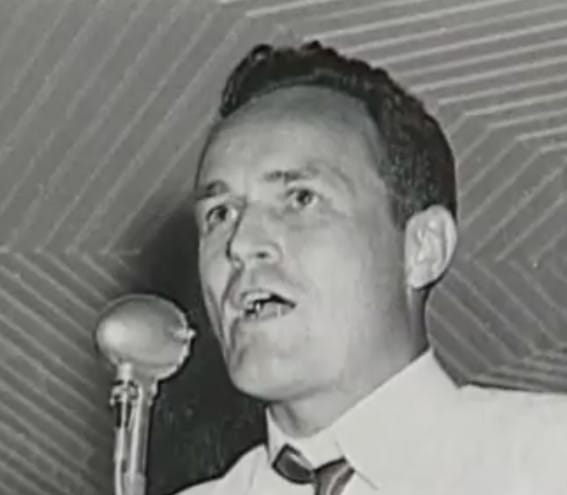
Sidney Sanders McMath, who was Arkansas’ 34th governor, serving from 1949 to 1953, was born June 14, 1912, in Columbia County. The family moved to Hot Springs in 1922, where his father was a barber. He worked his way through the University of Arkansas and graduated with a law degree in 1936.
As governor, he worked to support rural citizens and urban workers alike and was a stalwart liberal who worked to repeal the state’s poll tax and supported an anti-lynching law, among other efforts to improve the lives of the state’s African-American population.
Frank Durwood White, who served as the 41st governor from 1981 to 1983, was born June 4, 1933, in Texarkana, Tex., he served in David Pryor’s cabinet as director of the Arkansas Industrial Development Commission before becoming the governor that served between Bill Clinton’s terms.
And Jim Guy Tucker, who became governor after Clinton was elected president and served through 1996, was born June 13, 1943, in Oklahoma City. He was convicted of fraud during the Whitewater affair and was replaced by Mike Huckabee.
We do the work.
You check your email.
Sign up for our weekly e-news.
Get stories sent straight to your inbox!







Like this story? Read more from Sarah White
For this month in Arkansas history, we celebrate the beginning of a large...
In this month in Arkansas history, we celebrate the birth of several...
A devastating flood, a hotel fire, the birth of a county and of a couple...
Join the Conversation
Leave a Comment